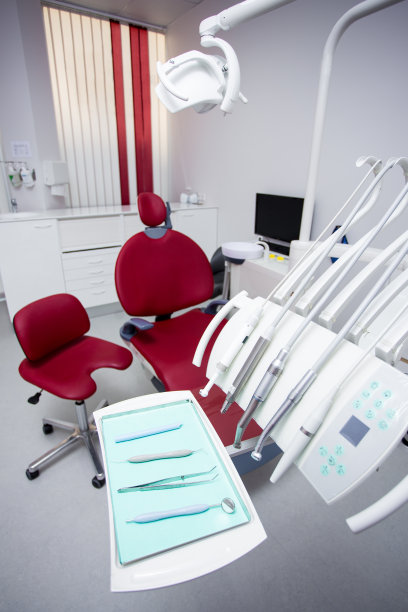The Complete Guide to Extracting a Tooth and Ensuring a Smooth Recovery Process
Summary: Extracting a tooth can be a daunting process, but having a comprehensive guide can ease worries and ensure a smoother experience. This article provides an in-depth discussion on four essential aspects of tooth extraction: preparation for the extraction, the extraction procedure itself, aftercare tips for a smooth recovery, and when to seek professional help. Each section is designed to equip patients with the knowledge they need to approach tooth extraction with confidence and reduce complications. From understanding the necessary preparations to recognizing warning signs during recovery, this guide is a resource for anyone facing the prospect of tooth extraction.
1. Preparing for Tooth Extraction Procedures

Preparation is crucial when it comes to having a tooth extracted. The first step involves an in-depth consultation with your dentist. During this appointment, any concerns or questions can be addressed. Its essential to share your complete medical history, including any medications you are taking or previous surgeries, as these can affect the extraction process.
Once your dentist evaluates your condition, they may recommend imaging tests like X-rays to assess the tooths position and the surrounding bone structure. This step helps to plan the most effective extraction technique while minimizing potential complications. You may also receive advice on fasting or adjusting medications leading up to the procedure.
Preparing emotionally is equally important. Many patients feel anxious about dental procedures, so it might be beneficial to bring someone along for support. Understanding what to expect can alleviate fears and make the experience more manageable.
2. Understanding the Tooth Extraction Process
The extraction process begins with local anesthesia to numb the area surrounding the tooth. This step ensures that the patient feels minimal pain during the procedure. For those who experience significant anxiety or discomfort, sedation dentistry might be an option, allowing for more relaxed extraction.
Once numb, the dentist will use specialized tools to loosen the tooth from the surrounding tissue and bone. Depending on the tooths condition, the extraction could be straightforward or require additional techniques, such as sectioning the tooth for ease of removal. Throughout the process, the dental team will monitor your comfort levels and vitals to ensure safety.
After the tooth is removed, the dentist will provide instructions on how to care for the extraction site. This may include methods of controlling bleeding and employing gauze pads to aid in clot formation. Ensuring good communication during the procedure can help in achieving a positive experience and outcome.
3. Essential Aftercare for Smooth Recovery
Post-extraction care is vital to ensure a smooth recovery. Initially, it’s crucial to follow your dentist’s aftercare instructions closely. This often includes resting for a few hours immediately after the procedure and avoiding strenuous activities to prevent complications such as bleeding or dislocation of the blood clot.
Dietary adjustments are also important. Soft foods and plenty of fluids should be consumed for the first few days following the extraction. Avoiding hot, spicy, or hard foods will help prevent irritation of the extraction site. Staying hydrated is equally important, but be cautious with straws, as the suction can disturb blood clots.
Regularly scheduled check-ups with your dentist can also help monitor your healing progress. Should unexpected symptoms arise, such as severe pain, swelling, or signs of infection, immediately consulting your dentist is critical. This proactive approach aids in identifying potential issues early on, facilitating smoother recovery.
4. When to Seek Professional Help
Knowing when to call your dentist after an extraction can save you from unnecessary complications. Generally, if you experience moderate discomfort that doesn’t subside with prescribed medications, it’s a red flag. Pain that increases significantly may indicate a problem that requires professional evaluation.
Additionally, watch for excessive bleeding that lasts longer than a few hours or worsening swelling. While slight bleeding is normal, persistent or heavy bleeding should be assessed by a dental professional. Any unusual discharge or fever could signify infection and should prompt immediate contact with your dentist.
Lastly, understanding your body’s healing signals is essential. Everyone’s recovery process is unique, and if you feel that something is not right, don’t hesitate to reach out to your dental team. They can provide guidance and intervention where necessary.
Summary:
In summary, properly preparing for a tooth extraction, understanding the process, and adhering to aftercare instructions are essential components of ensuring a smooth experience. By recognizing signs that necessitate professional help, you can significantly reduce the risk of complications.
This article is compiled by Vickong Dental and the content is for reference only



